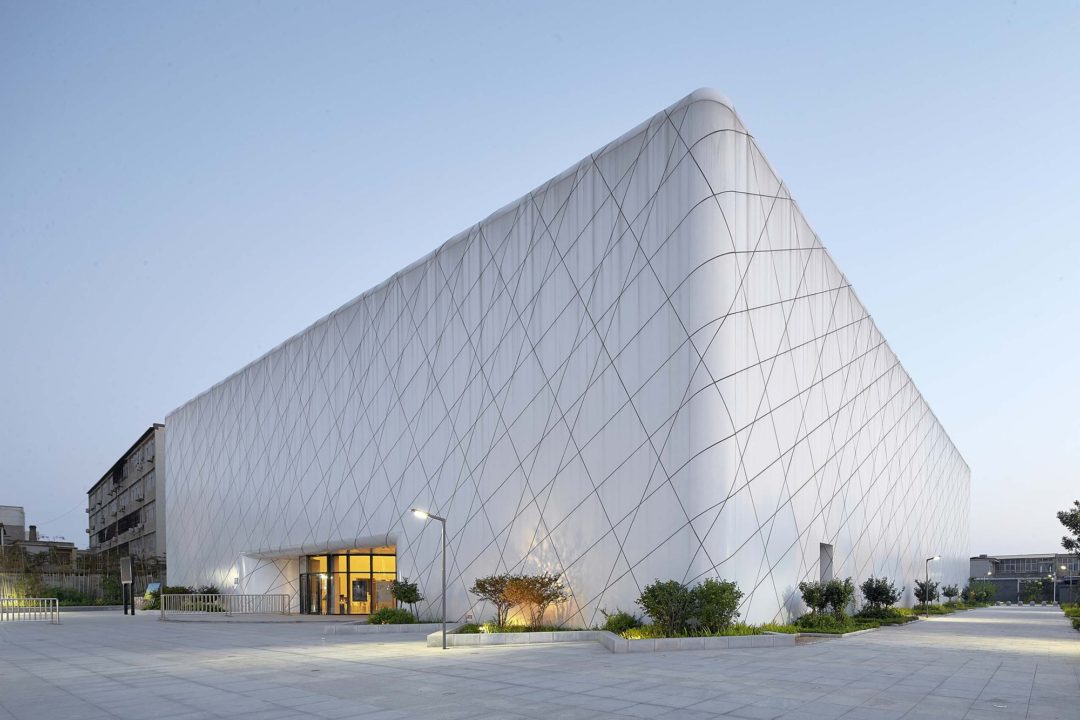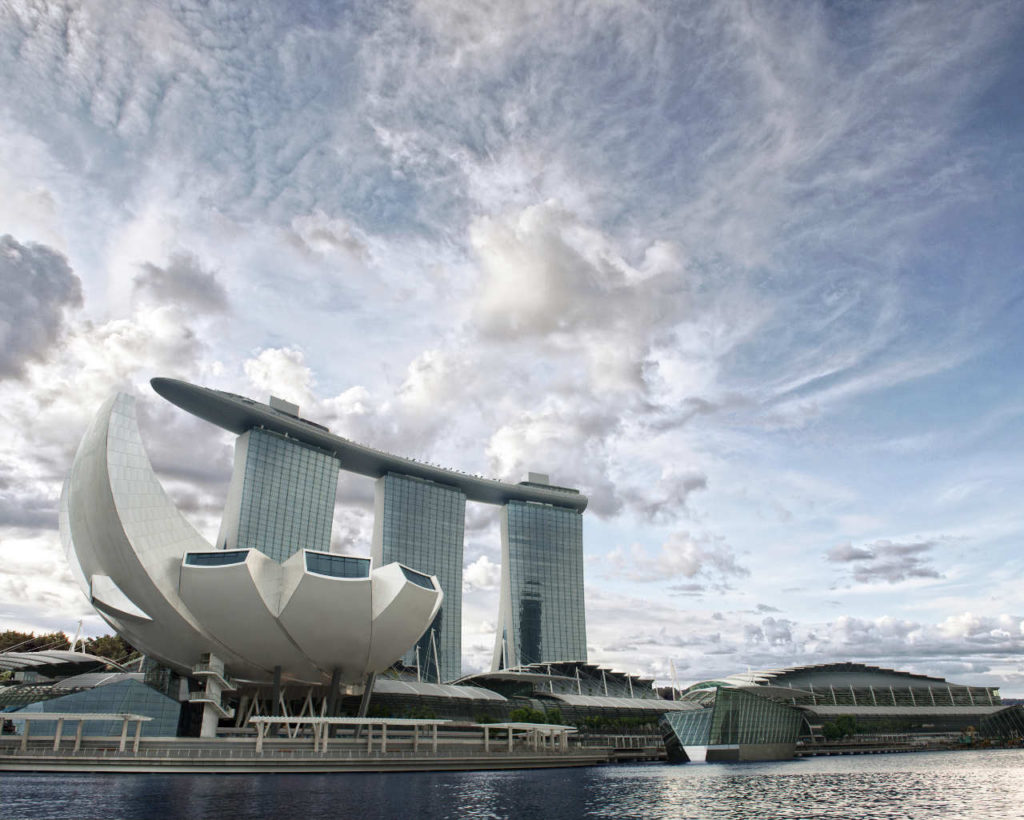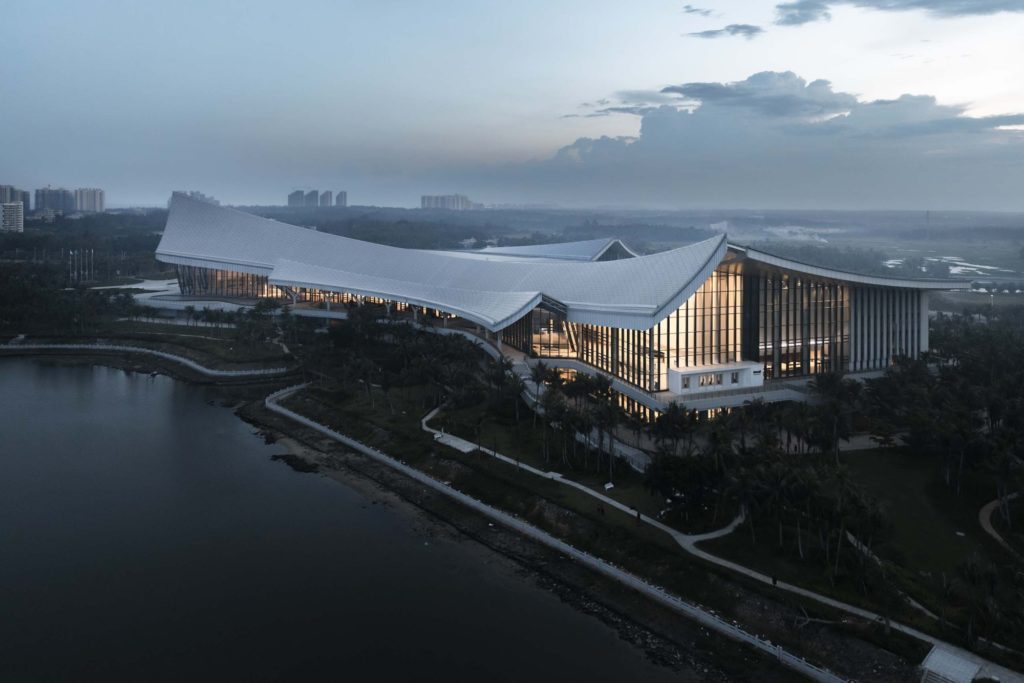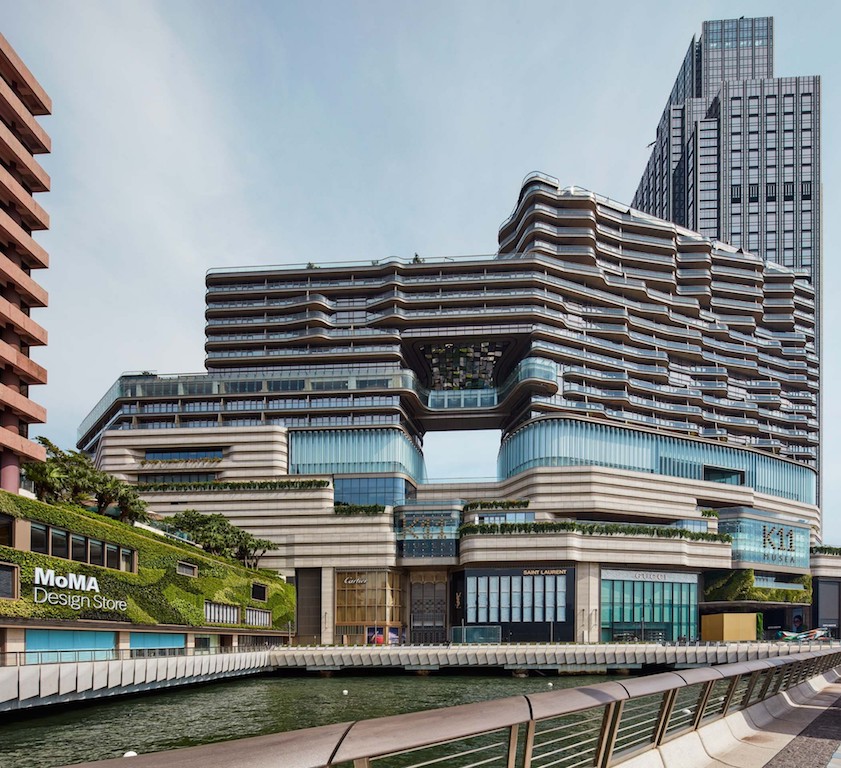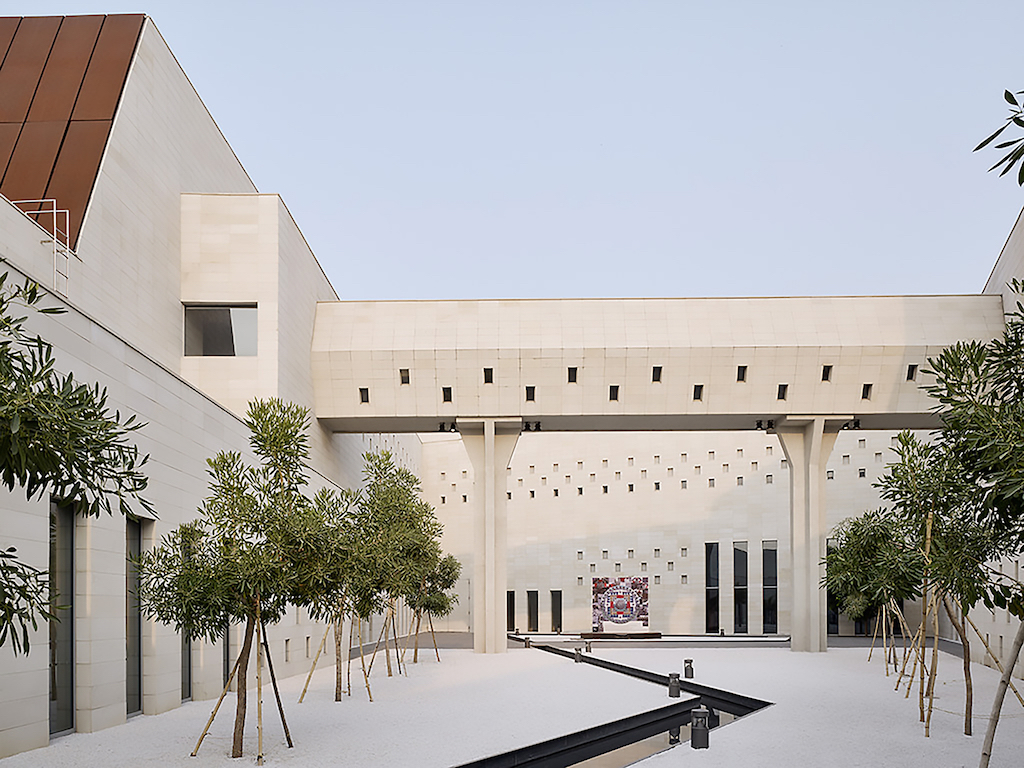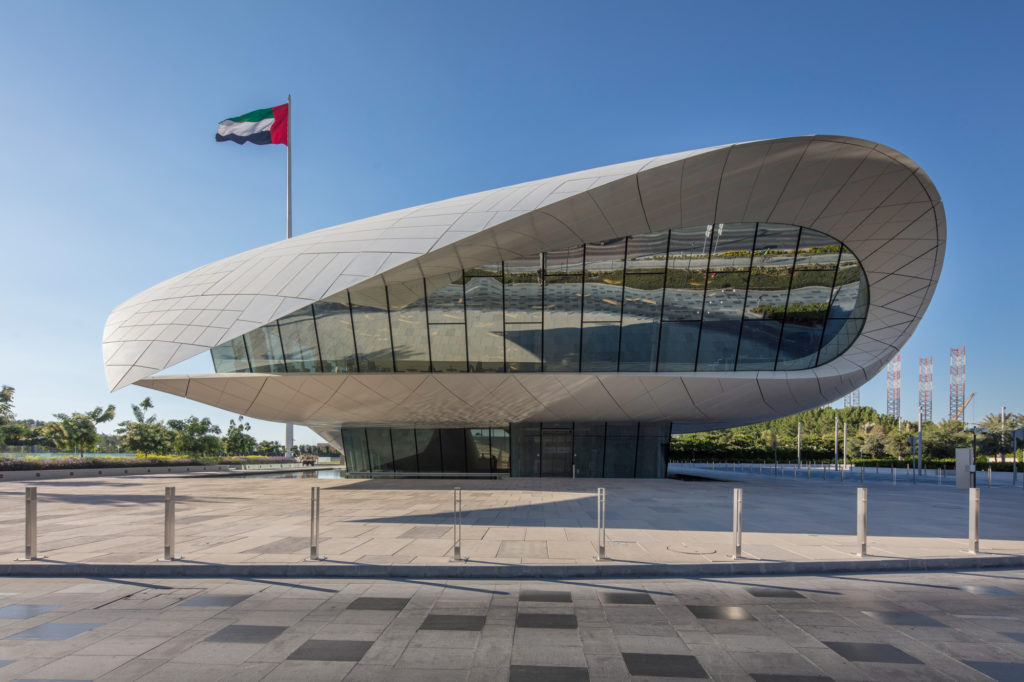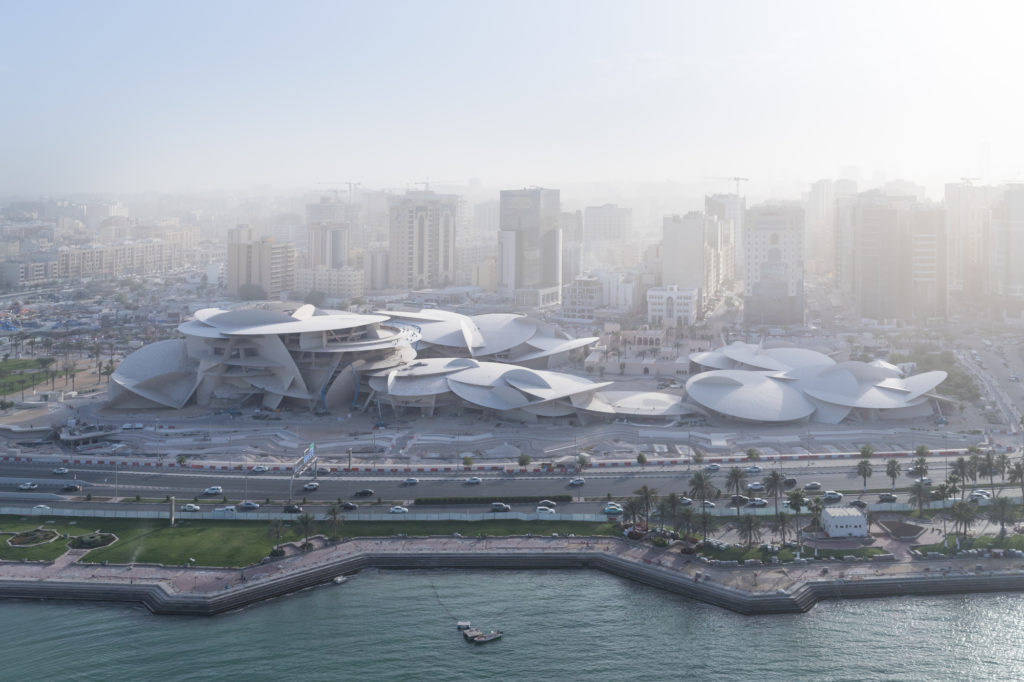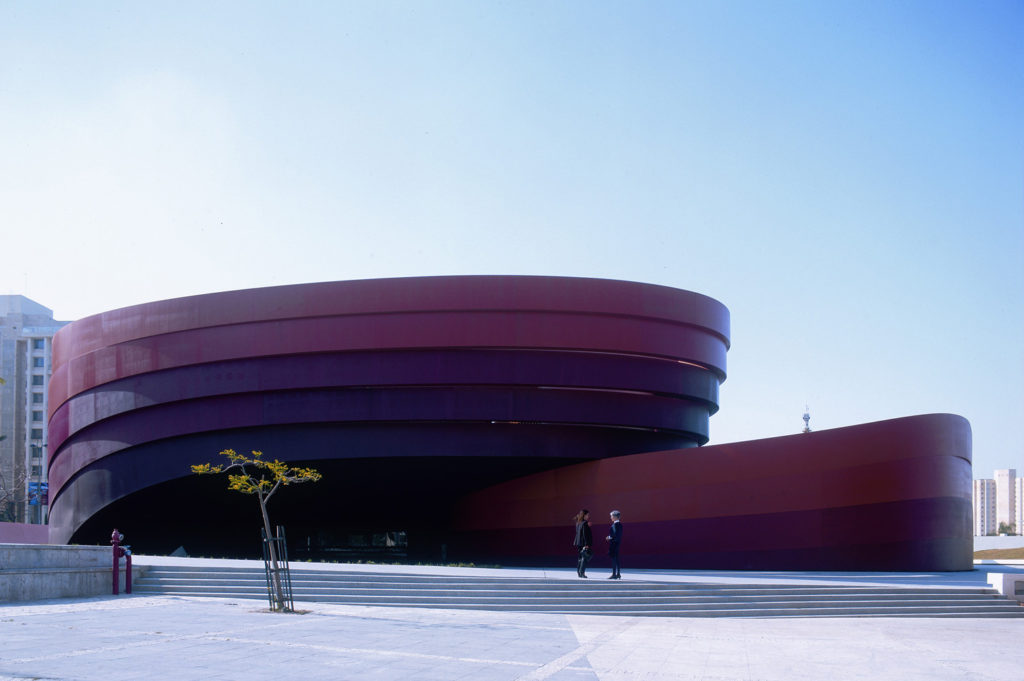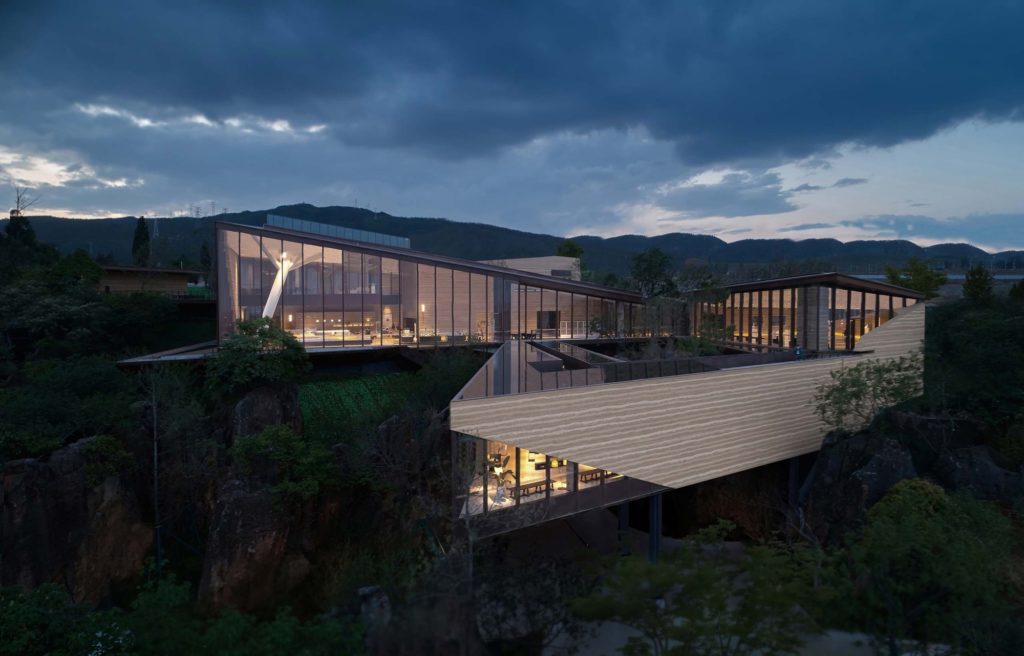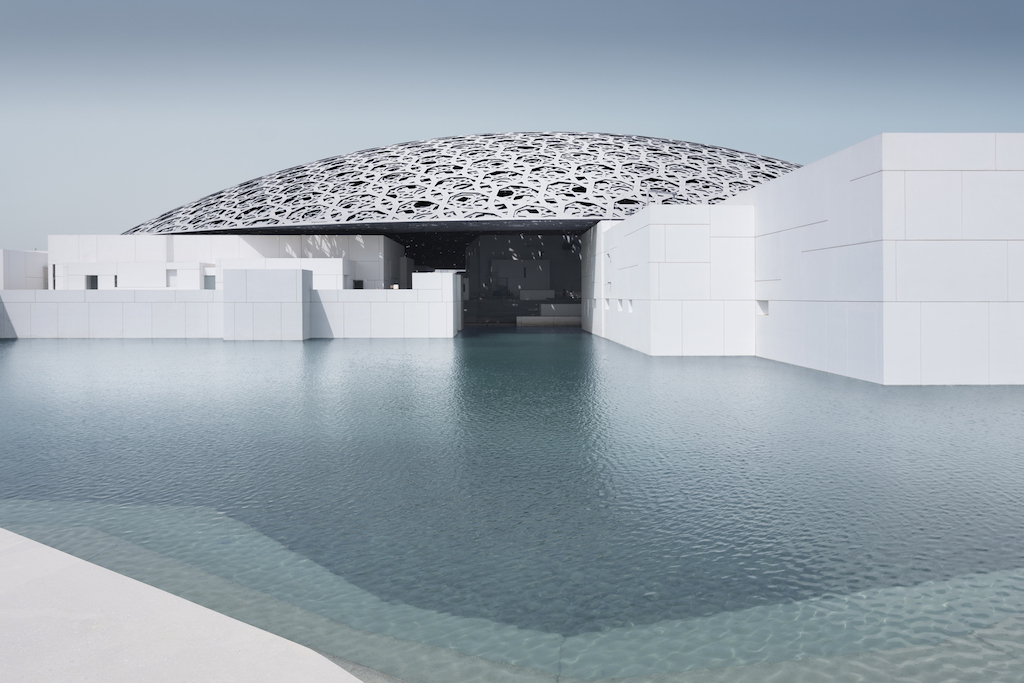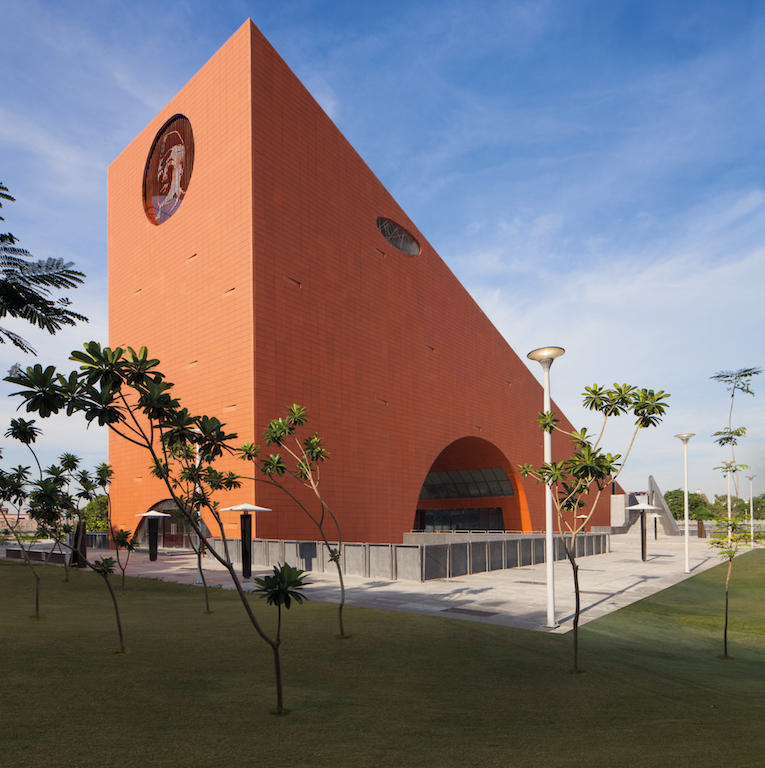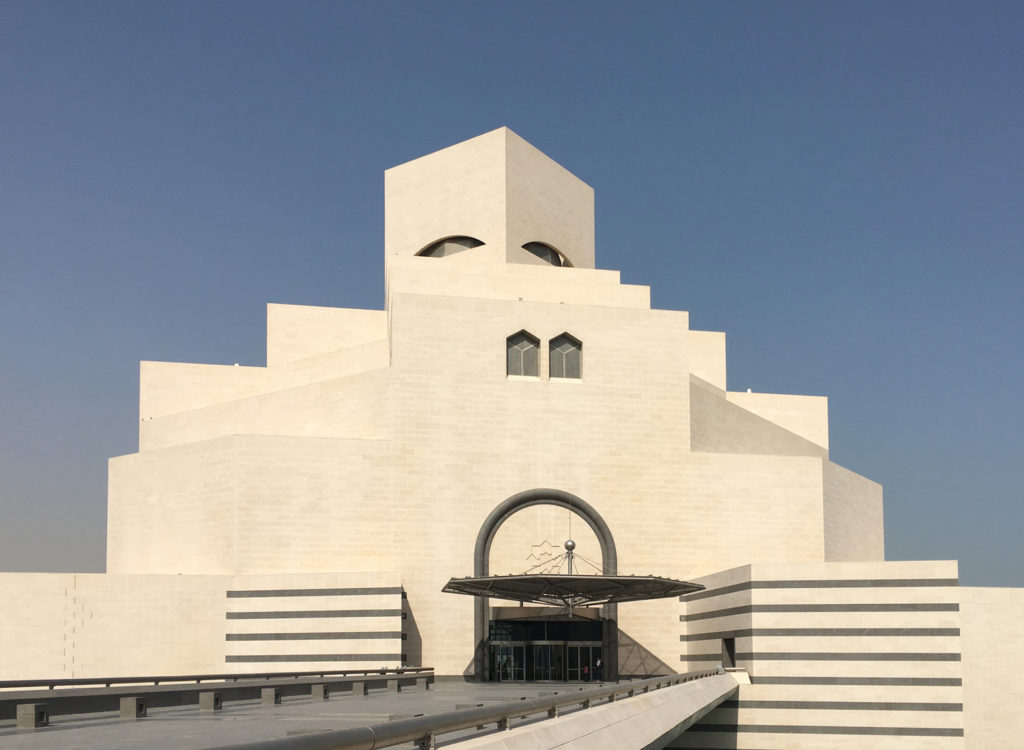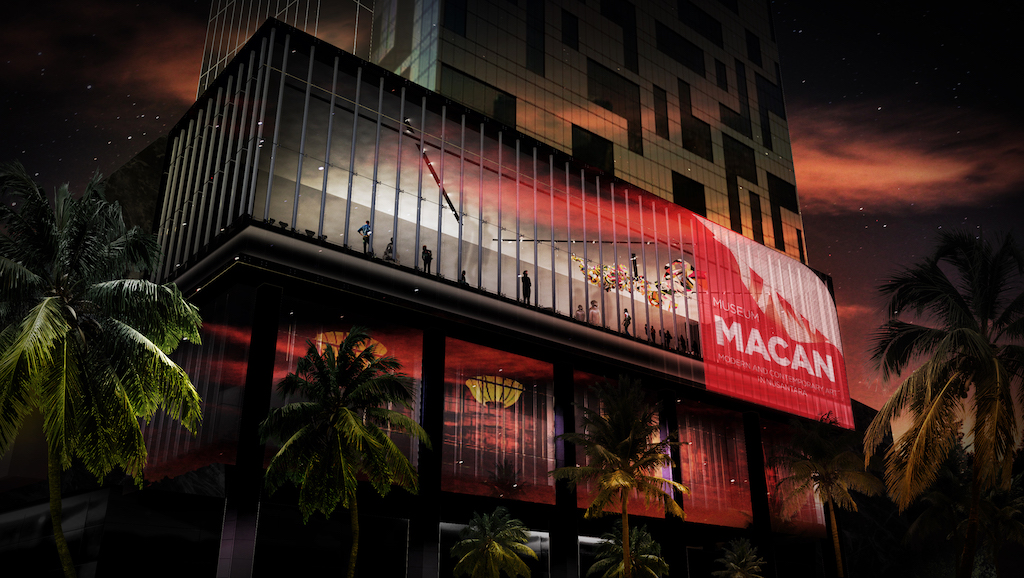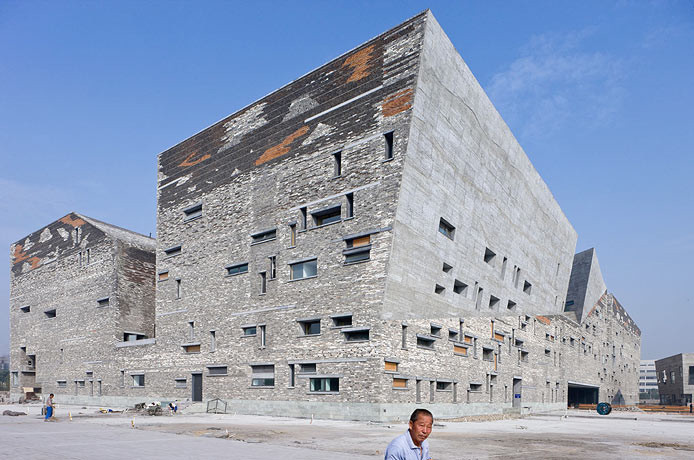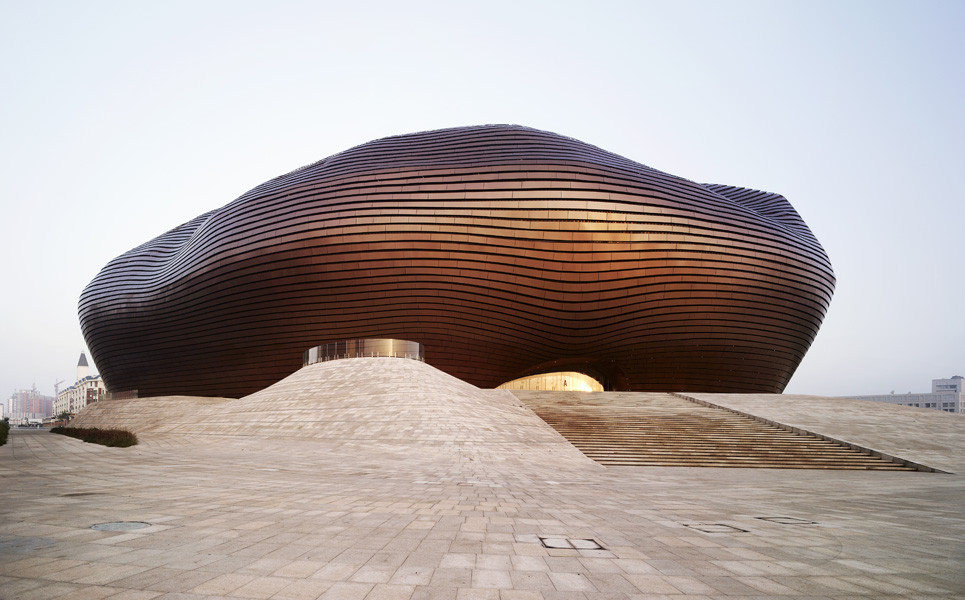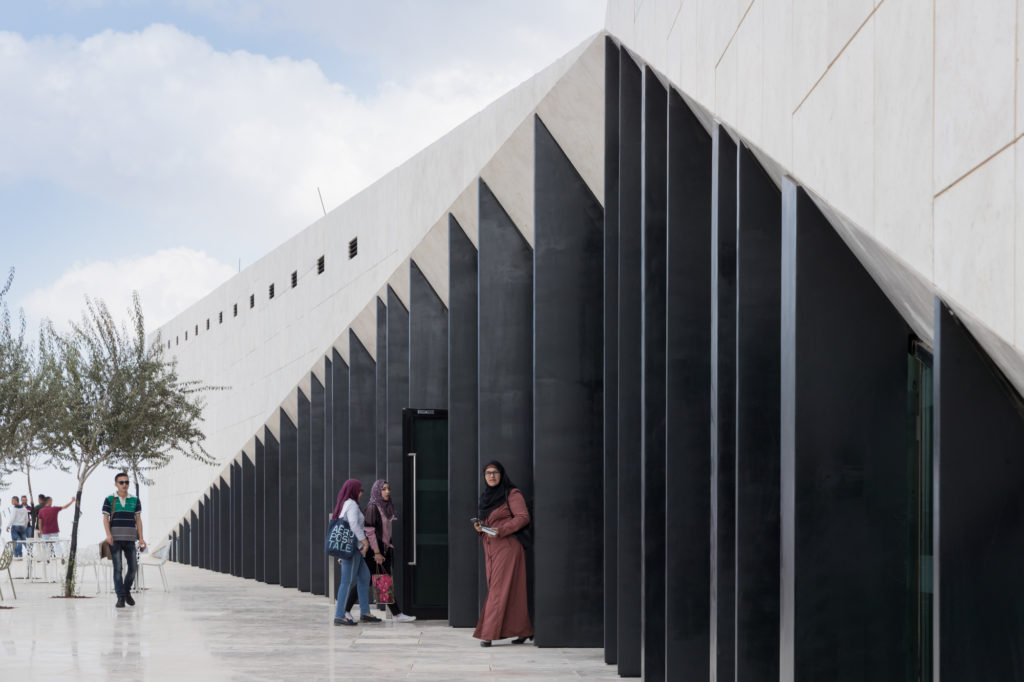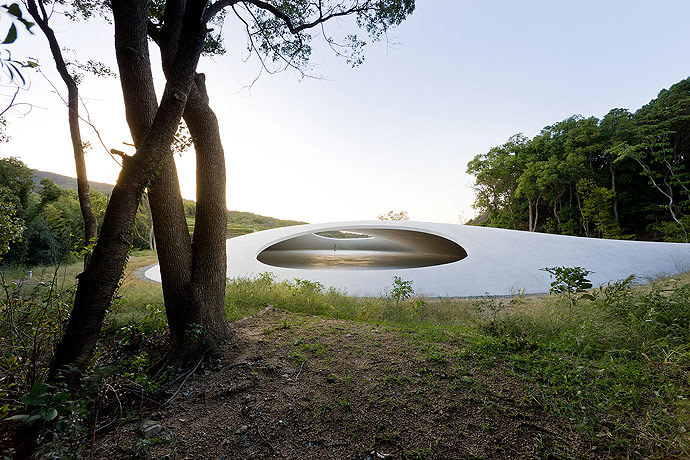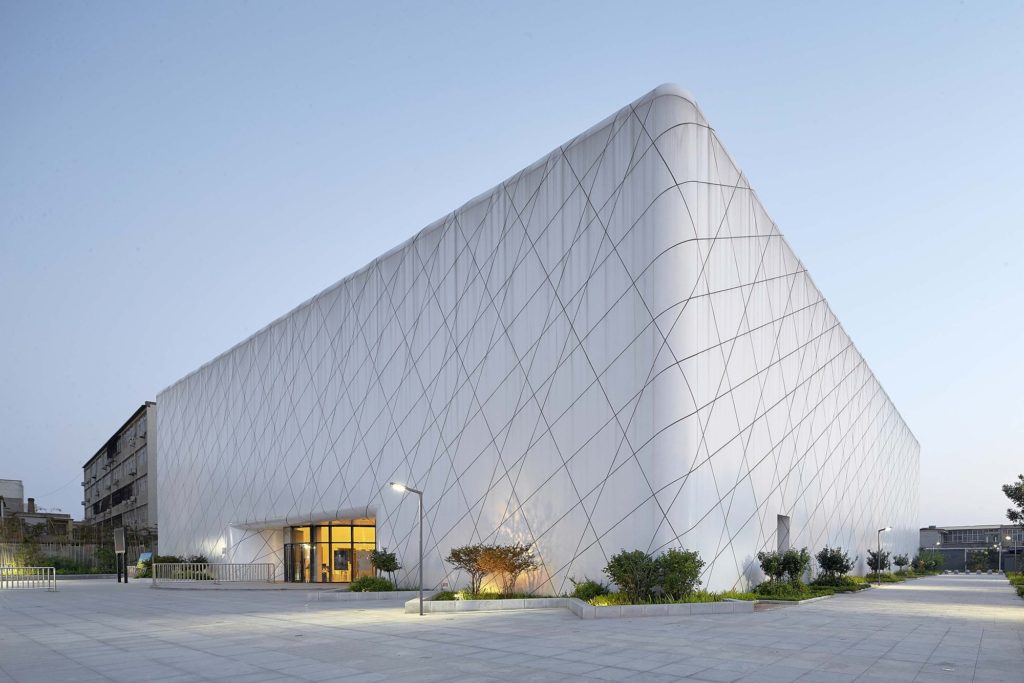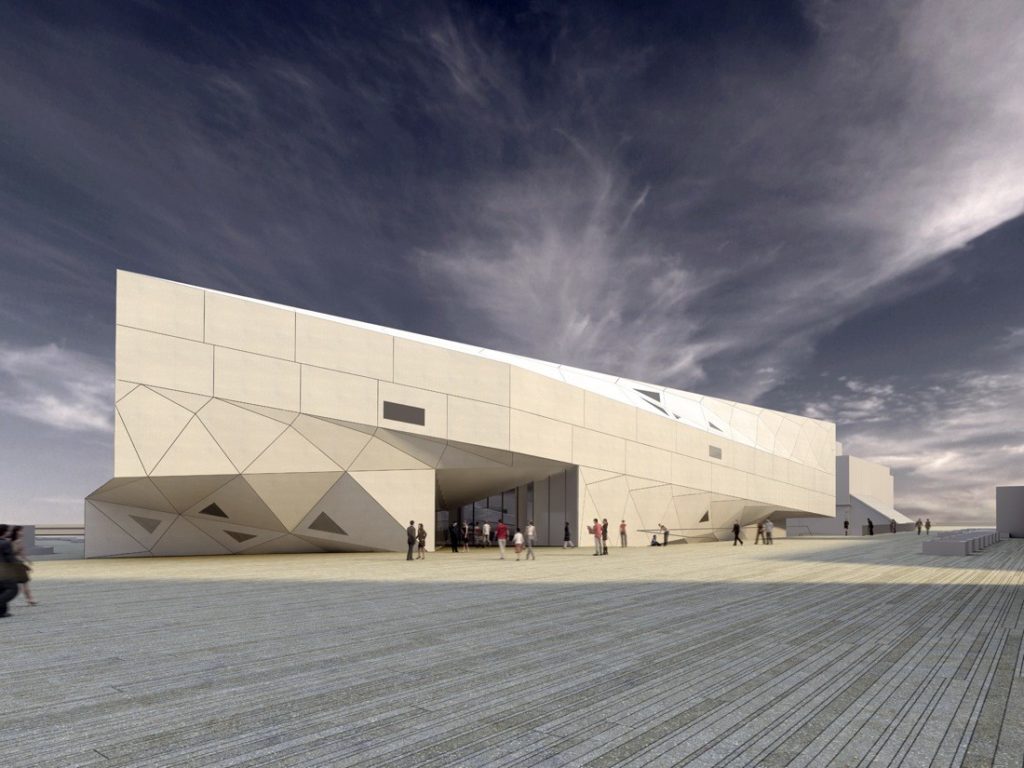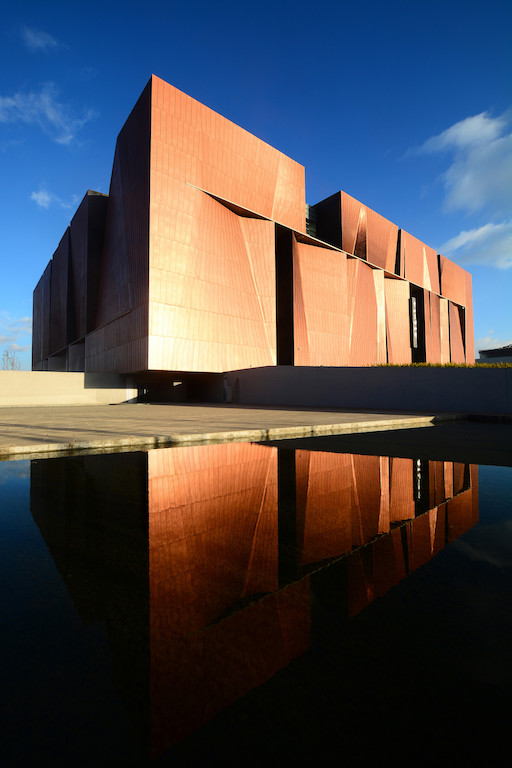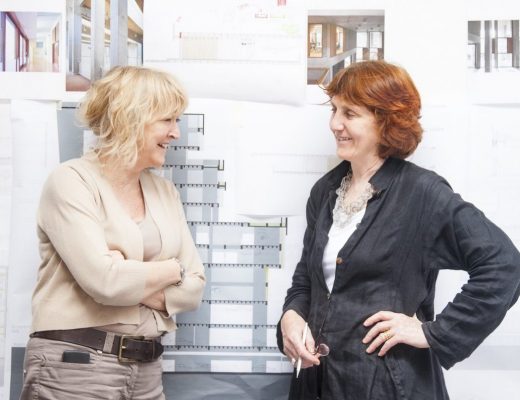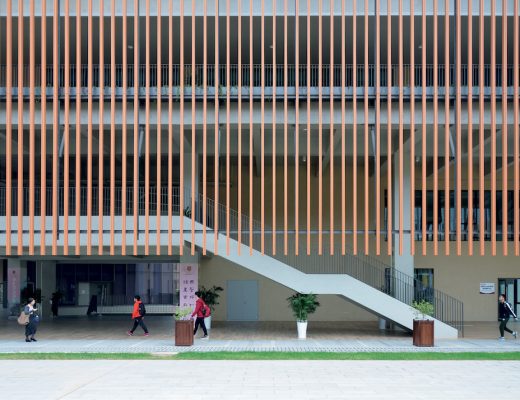Museums lend the ultimate cultural cachet to countries – both developed and developing. Lately, Asian countries have seen a rise in the number of museums and cultural institutions being built, many of them by high profile architects. While China leads the way in the number of such institutions, other countries too are taking their game up a notch. To mark the International Museum Week, we round up 25 museums across Asia – from Indonesia to Israel that are as architecturally spectacular as the collections they host and display.
ArtScience Museum, Singapore
Designed by SafdieArchitects, led by Moshe Safdie, the building is composed of two parts, a giant lily pond at the base, surrounded by the waters of Marina Bay and a flower-like structure made of 10 petals, generated by the geometry of spheroids of varying radii that seemingly floats above the landscaped pond base. In addition to new exhibitions, there is a permanent TeamLab installation at the museum which celebrates its 10th anniversary this year.
Bangkok Art & Culture Centre
Designed by Thailand-based American architect Robert G Boughey, the 10-storey museum is one of the few contemporary art spaces in the bustling city, that is known more for its shopping, culinary offerings and nightlife.
China Museum of the South China Sea, Qionghai, Hainan
China (Hainan) Museum of the South China Sea, a huge national-level cultural hall, is dramatically integrated into the rustic and tropical beaches in a wild and undulating manner. Designed by Architectural Design Institute of South China University of Technology (SCUT), it references the city’s fishing port heritage.
K11 Musea, Hong Kong
K11 MUSEA is touted to be the world’s first cultural-retail destination that is situated at the heart of art and design district Victoria Dockside in Hong Kong. Opened in August 2019, K11 MUSEA is conceived as a Silicon Valley of Culture, where cross-discipline practices in architecture, art, craft, culture, design, gastronomy and sustainability work in tandem. To realise this project, K11 Group founder Adrian Cheng collaborated with and enlisted the help of 100 architects, designers and artists including Kohn Pedersen Fox, James Corner Field Operations, Ronald Lu & Partners, Leigh & Orange, LAAB Architects, AB Concept, Monstrum and PLandscape.
Incheon Children’s Science Museum, South Korea
Located at the entrance of KyeYang Mountain in Bang Chug-Dong, Kyeyang-gu, the museum sits at the intersection of nature and urban environment. Inspired by the concept of the sponge it was designed by Haeahn Architecture, Yooshin Architects & Engineers, Seongwoo Engineering & Architects.
The Bihar Museum, India
This museum in India’s Patna city was designed by Maki and Associates + Opolis. It houses a rich variety of treasures from the region, and includes event and education spaces that nurture a newfound sense of pride and connection to Bihar’s storied history.
Etihad Museum, Dubai, United Arab Emirates
Located next to the historic Union House on the Dubai waterfront, the Union Museum by Moriyama & Teshima honors the 1971 signing of the document that created the United Arab Emirates and celebrates the rich culture and history of its people. Much of the museum is underground, including permanent and temporary galleries, theatres, event spaces and archival facilities. The dramatic entrance pavilion rests lightly upon a reflecting pool and plaza, its undulating parabolic curves representing the parchment upon which the unification agreement was written and its tapering golden columns representing the pens with which the document was signed.
National Museum of Qatar
Designed by Ateliers Jean Nouvel, it is the latest addition to Doha’s collection of waterfront cultural institutions, following the much-acclaimed Museum of Islamic Art by the late I.M. Pei. The building design is inspired by a mineral formation commonly found in the deserts of the Gulf region. The ‘desert rose’ is a rock formed when minerals crystallize in the crumbly soil just below the surface of a shallow salt basin. The system of interlocking disks surrounding the historic palace-like necklace looks as if it’s been propagated organically.
Design Museum Holon, Tel Aviv, Israel
Designed by Ron Arad Architects, the gentle plateau-like topography of the museum’s site is articulated by the arrangement of the museum facilities over two staggered levels, connected by an external sculptural ramp – the museum’s prime circulation route.
Mountain & Sea Art Museum, Kunming, China
The art museum, situated in the west of Kunming City, and designed by gad architects, is a significant public building in the Cuifeng Ecological Park.
Louvre Abu Dhabi, United Arab Emirates
Designed by Ateliers Jean Nouvel, the design of Louvre Abu Dhabi, located in the UAE capital’s Saadiyat Island Cultural District is informed by the surroundings and the harsh desert climate. It is among the first high profile museums by starchitects that are being built in the oil-rich emirate.
Hanoi Museum, Vietnam
Designed by gmp Architekten, Hanoi Museum is embedded in a park with ample water features, where visitors already encounter exhibits from the history of Hanoi and reconstructed traditional Vietnamese villages on entering the museum landscape.
Museum of Socialism – Jayaprakash Narayan Interpretation Centre, India
The museum designed by Archohm, and located in northern India’s Lucknow city, is a gateway framing the centre, placed as a wedged-shaped monument with a massive arch carved out of the mass. Its 9m height and 20m ambitious span are clearly attempted to push the limits of structural design and construction.
Museum of Islamic Art, Doha, Qatar
Designed by the late I.M. Pei, the museum is sited off the Doha Corniche and made out of natural stone mass.
Museum of Modern and Contemporary Art in Nusantara (Macan), Jakarta, Indonesia
Founded by Indonesian philanthropist and art collector Haryanto Adikoesoemo, it is the country’s first modern and contemporary art museum. The tower was designed by ARKDesign whereas the interior space was designed by London-based MET Studio Design.
Ningbo Historic Museum, China
Designed by the 2012 Pritzker Prize laureate Wang Shu, founder of Amateur Architecture Studio, recycled materials from traditional Chinese buildings for this museum, made predominantly out of stone.
Ordos Art & City Museum, China
Conceived as a reaction to the strict geometry of the master plan, the Art & City Museum by MAD Architects is an amorphous building that seems like it has landed on the earth. Its surrounding dunes, monumental stairways and belvederes have been generated from the empty Gobi desert which was here just a few years ago.
The Palestinian Museum, Palestine
Located north of Jerusalem, the museum designed by Heneghan Peng Architects is one of the key centers for shaping and communicating knowledge about Palestinian history, society, and culture.
Teshima Art Museum, Kagawa, Japan
Designed by Ryue Nishizawa, this museum houses the collection of artworks by Japanese artist Rei Naito. Made out of white concrete, its roof is a seamless shell which spans 60m.
Xing Kilm Museum, Xingtai, China
The Xing Kiln Ruins is one of the top ten archaeological discoveries in China in 2012. At the excavation site, the archaeological team discovered 11 kiln remnants of the dynasty from the Northern Dynasties to the Tang Dynasty. More than 200,000 pieces of porcelain and kiln furniture shards, as well as more than 2,000 pieces of complete or recoverable objects including brick, tile, pottery, tri-color, porcelain and kiln furniture, were unearthed. The kiln found not only had a very long history but also was well preserved, and had a very rare layout pattern. After the archaeological excavation was completed, the Xing Kiln Ruins Museum designed by YCA Architects was built above the site and opened to the public.
Tel Aviv Museum of Art Amir Building, Israel
Located in the center of the city’s cultural complex, the programme for the Tel Aviv Museum of Art Amir Building – designed by Preston Scott Cohen – posed an extraordinary architectural challenge: to resolve the tension between the tight, idiosyncratic triangular site and the museum’s need for a series of large, neutral rectangular galleries. The solution: subtly twisting geometric surfaces (hyperbolic parabolas) that connect the disparate angles between the galleries and the context while refracting natural light into the deepest recesses of the half-buried building.
Yunnan Museum, Kunming Shi, China
The generative concept of the museum designed by Rocco Design Architects, is derived from the potent imagery of Yunnan’s famed local “stone forests”, the dramatic geography of raw, powerful beauty of the geological landscapes sculpted by nature over millennia, and the idea of stacked boxes holding fragile treasures, giving the architecture its defining metaphor as an assembled container of artifacts – a group of spatial volumes that congregates to form a larger mass, where individual pieces are still evident.
He Art Museum, Guangdong, China
Designed by Tadao Ando, and established by He Jianfeng, the museum is home to the private collection of the He family’s extensive art collection, comprising over 400 artworks and commissions by renowned international and Chinese artists. The Art Museum also includes a Cantonese opera with theatrical face painting and Cantonese cuisine.
LAB Art Museum, Wulong, China
C+ Architects has designed an art gallery in Wulong, China, that resembles a glowing ring in the mountains. The 3,000m² LAB Art Museum sits atop a hill that is often surrounded by clouds.
Liyang Museum, Jiangsu, China
Taiwanese firm Crox, led by architect C.R. Lin has designed the Liyang Museum in Changzhou in the Jiangsu province in China. Located in the southeast corner of Yan Lake Park in the new urban district, the 19,000m2 museum connects an urban public space to the new nature. Its organic contours sitting atop undulating mountains are inspired by the Chinese musical instrument and its legend, Jiaoweiqin, one of the local cultural symbols. Lin created the concept based on this premise.
You might also like:
Studio Symbiosis to design Perfume Park and Museum in India’s Kannauj city
Singapore Art Museum to get major facelift helmed by SCDA Architects; completion expected in 2023
Maison H proposes site-specific and sustainable concept for Beijing 2022 Winter Olympics Museum
Foster + Partners-designed Abu Dhabi Zayed National Museum to open in 2021

